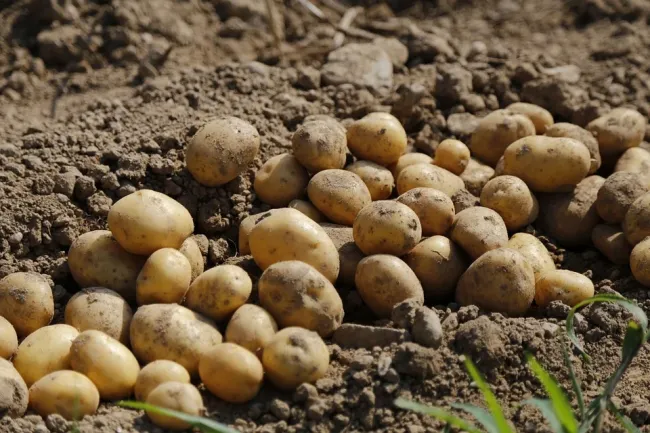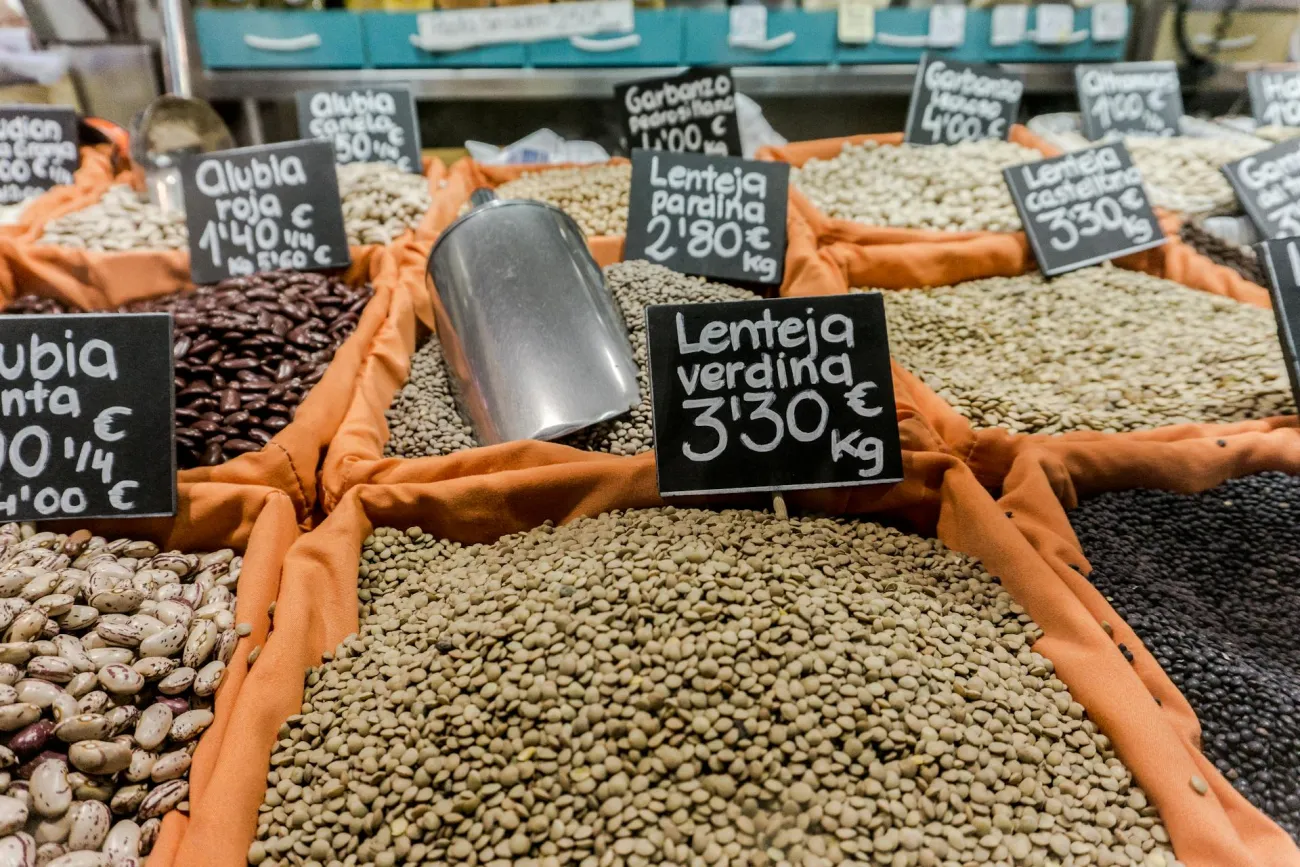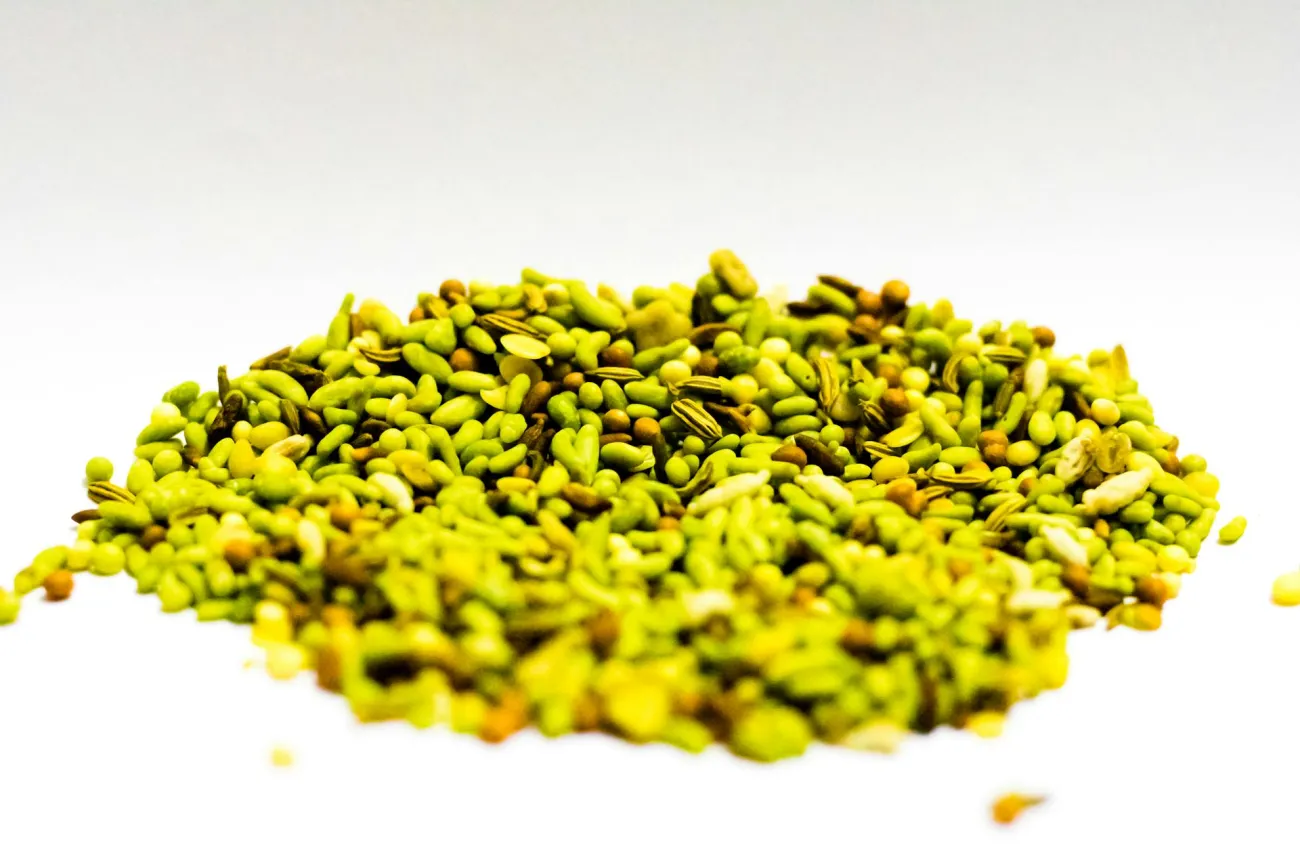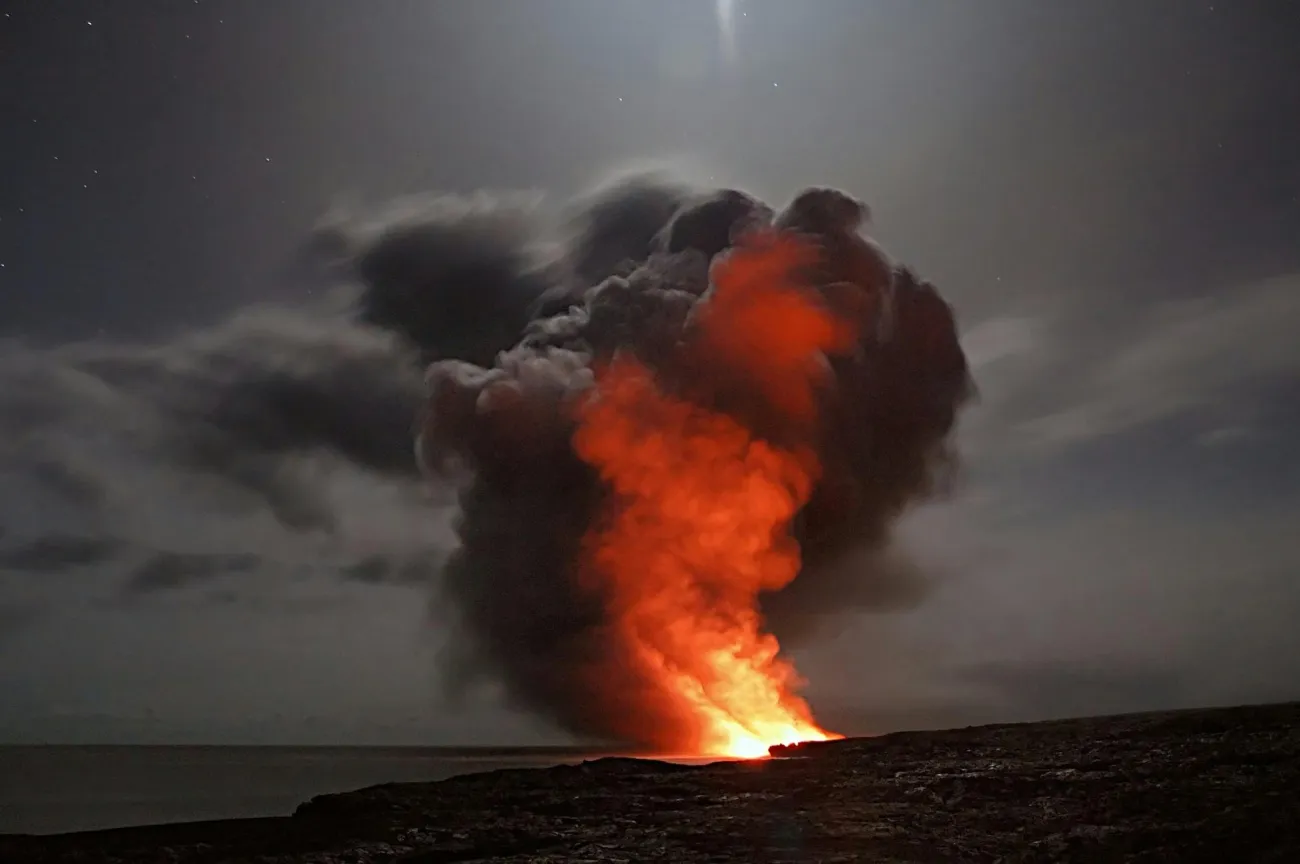This paper considers how people could be fed in the event of a sudden reduction in sunlight - for example, caused by a volcanic eruption, an asteroid strike, or nuclear war. These triggers could cause global agricultural output to collapse through abrupt falls in light, temperature and precipitation. The paper identifies foods that could still be produced under these conditions, and assesses their potential contributions to nutrition.

The paper uses a previous characterisation of the climatic effects of a nuclear winter to approximate the effects of any of the three sunlight-reduction scenarios (nuclear war, volcanic eruption or asteroid strike). It assumes the disaster happens during May, which represents a worst case both in terms of the climatic impacts of soot entering the atmosphere and in terms of food stocks being at their lowest levels in the Global North.
Three phases following the catastrophic event are hypothesised, each lasting 3 to 9 months:
- Period 1. Here, in an optimistic scenario, food would primarily come from existing stocks of staple foods such as grains, canola and soybeans, as well as from fish, and from livestock that would likely be slaughtered at a greater rate than usual, due to lower feed availability. In a pessimistic scenario, stocks of wheat, barley, canola, rice, corn, and soy would not be available, and food would come mostly from potatoes, fish, cattle, and sugar, resulting in a diet deficient in several micronutrients. Potatoes are included because they are tolerant to colder temperatures and may still be able to grow following a significant reduction in sunlight.
- Period 2. In an optimistic scenario here, potatoes, staple crops (wheat, barley, canola, rice, corn, and soybeans), fish and animal products are still available, but at lower levels than in Period 1, reflecting either continued use of existing food stocks or harvesting of new food through relocating crops to regions where they could grow in the new environmental conditions, or building low-cost open-source greenhouses. Farmed seaweed also starts to make a significant contribution to the diet, chosen because it can be farmed in low light levels, would be protected from ultraviolet light (which could increase following ozone layer damage induced by nuclear explosions), does not compete with land-based farming for land or freshwater, and can be scaled up rapidly, potentially providing large contributions to nutrition within 6 months after a disaster. Only one nutrient has dangerously low intakes here - Vitamin D. In a pessimistic scenario where seaweed is not available, calories could instead be provided from lignocellulosic sugar - i.e. repurposing paper and pulps mills to produce edible sugars from plant matter, such as wood, that is not normally digestible by humans - which results in lower intakes of several micronutrients. A previous paper suggests that lignocellulosic sugar production could be scaled up to provide significant levels of calories in just a few months.
- Period 3. In an optimistic case, staple crops would be available at higher levels than previously, seaweed is available, milk from grazing cattle, and also single-cell protein, in this case from bacteria that feeds on methane and hence can be produced independently of agricultural conditions. Fish and meat are now less available, resulting in deficiencies in Vitamin A; some other micronutrients are moderately deficient. In a pessimistic scenario, greenhouse production of staple crops is assumed to have not scaled up sufficiently, meaning rice, maize and soybeans are unavailable.
The three phases are illustrated below:
Image: Table 1, Pham et al. Proposed chronology of resilient foods’ availability—in red: not available in significant quantities; in yellow: possibly available in significant quantities; in green: available. Each period is expected to last between 3 and 9 months.
The paper does not appear to consider the potential impacts of crop diseases following the catastrophic event.
The authors note that the paper assesses the technical feasibility of avoiding mass global starvation, and that rapid responses and global cooperation would be necessary both to trade between regions that can produce different foods and to share the information required to make food production technologies available to all who wish to use them. They note that even in today’s conditions, around 25,000 people die each day because of hunger and related diseases.
Abstract
Abrupt sunlight reduction scenarios (ASRS) following catastrophic events, such as a nuclear war, a large volcanic eruption or an asteroid strike, could prompt global agricultural collapse. There are low-cost foods that could be made available in an ASRS: resilient foods. Nutritionally adequate combinations of these resilient foods are investigated for different stages of a scenario with an effective response, based on existing technology. While macro- and micronutrient requirements were overall met, some—potentially chronic—deficiencies were identified (e.g., vitamins D, E and K). Resilient sources of micronutrients for mitigating these and other potential deficiencies are presented. The results of this analysis suggest that no life-threatening micronutrient deficiencies or excesses would necessarily be present given preparation to deploy resilient foods and an effective response. Careful preparedness and planning—such as stock management and resilient food production ramp-up—is indispensable for an effective response that not only allows for fulfilling people’s energy requirements, but also prevents severe malnutrition.
Reference
Pham, A., García Martínez, J.B., Brynych, V., Stormbjorne, R., Pearce, J.M. and Denkenberger, D.C., 2022. Nutrition in Abrupt Sunlight Reduction Scenarios: Envisioning Feasible Balanced Diets on Resilient Foods. Nutrients, 14(3), p.492.
Read the full paper here. The authors are associated with the Alliance to Feed the Earth in Disasters (ALLFED). See also the TABLE explainer What is food security?




Comments (0)